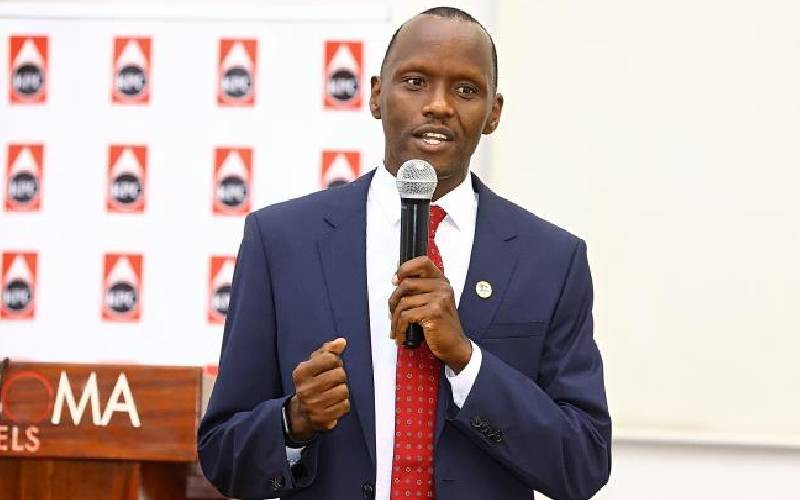×
The Standard e-Paper
Home To Bold Columnists

Kenya Pipeline Managing Director Joe Sang. [File, Standard]
A parliamentary committee has ordered an inquiry into how over Sh426 million taxpayers money was lost in the Kenya Pipeline Company's failed project to convert a 40-year-old pipeline from transporting petroleum products to carrying water for human consumption in the Coast region.